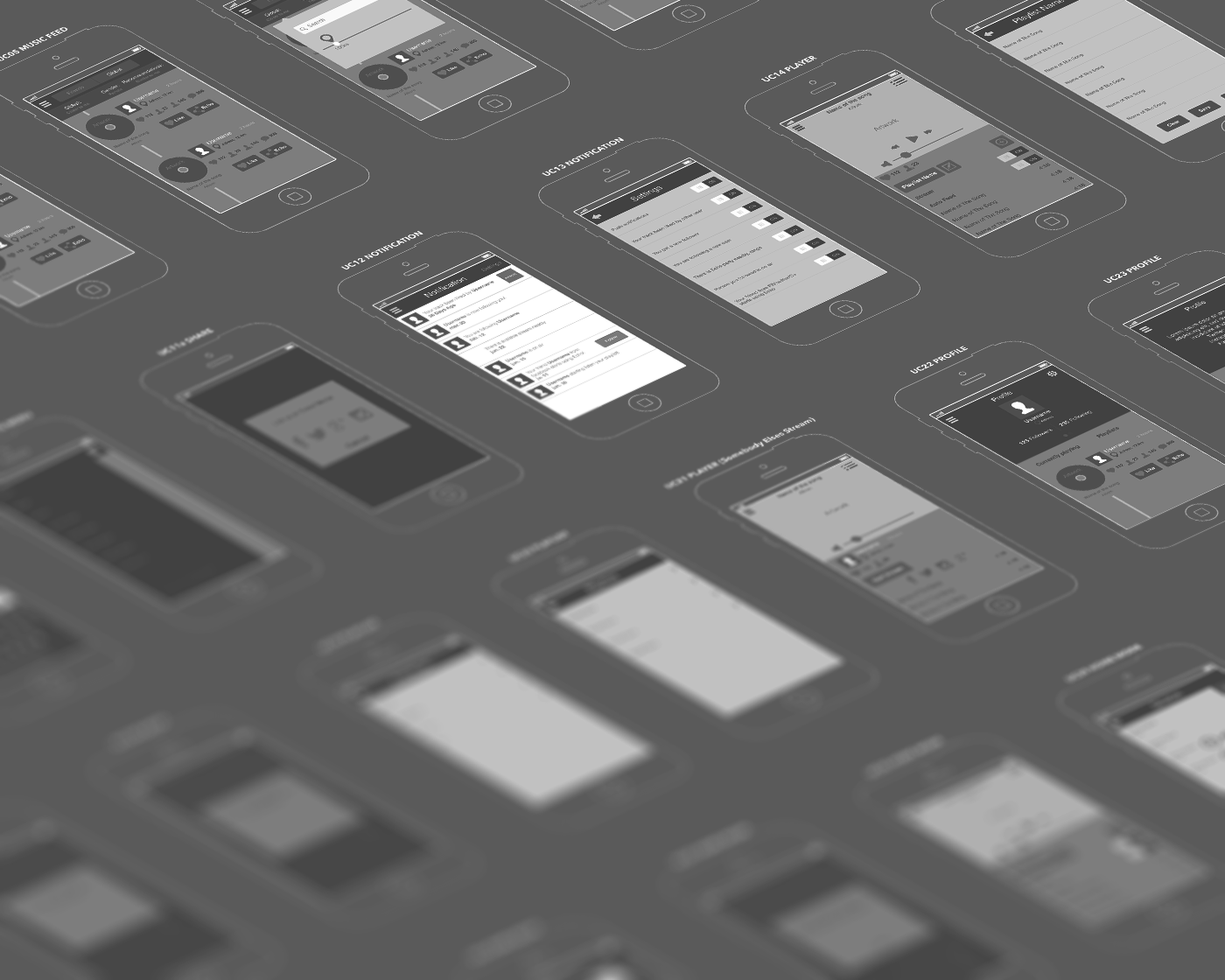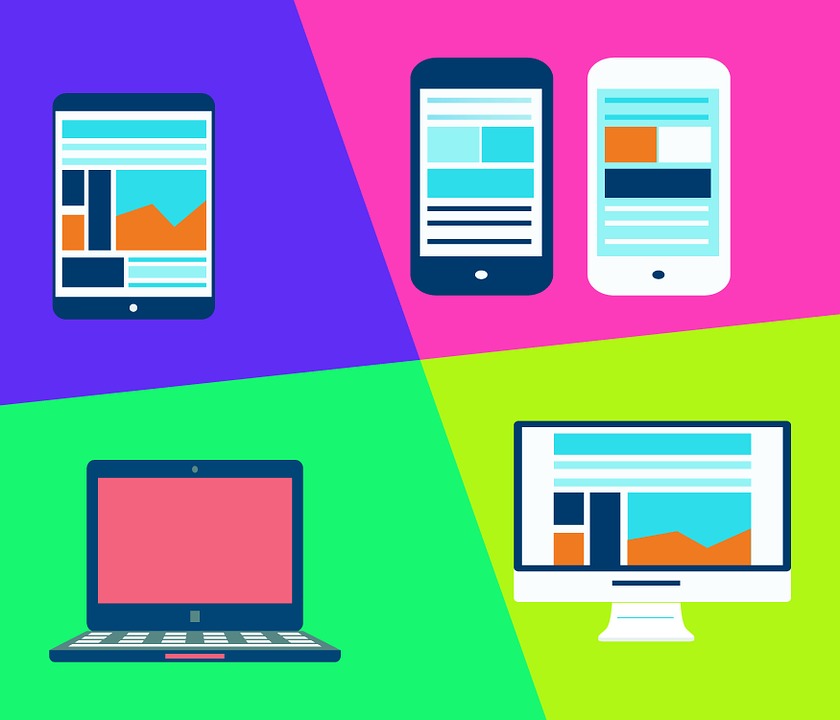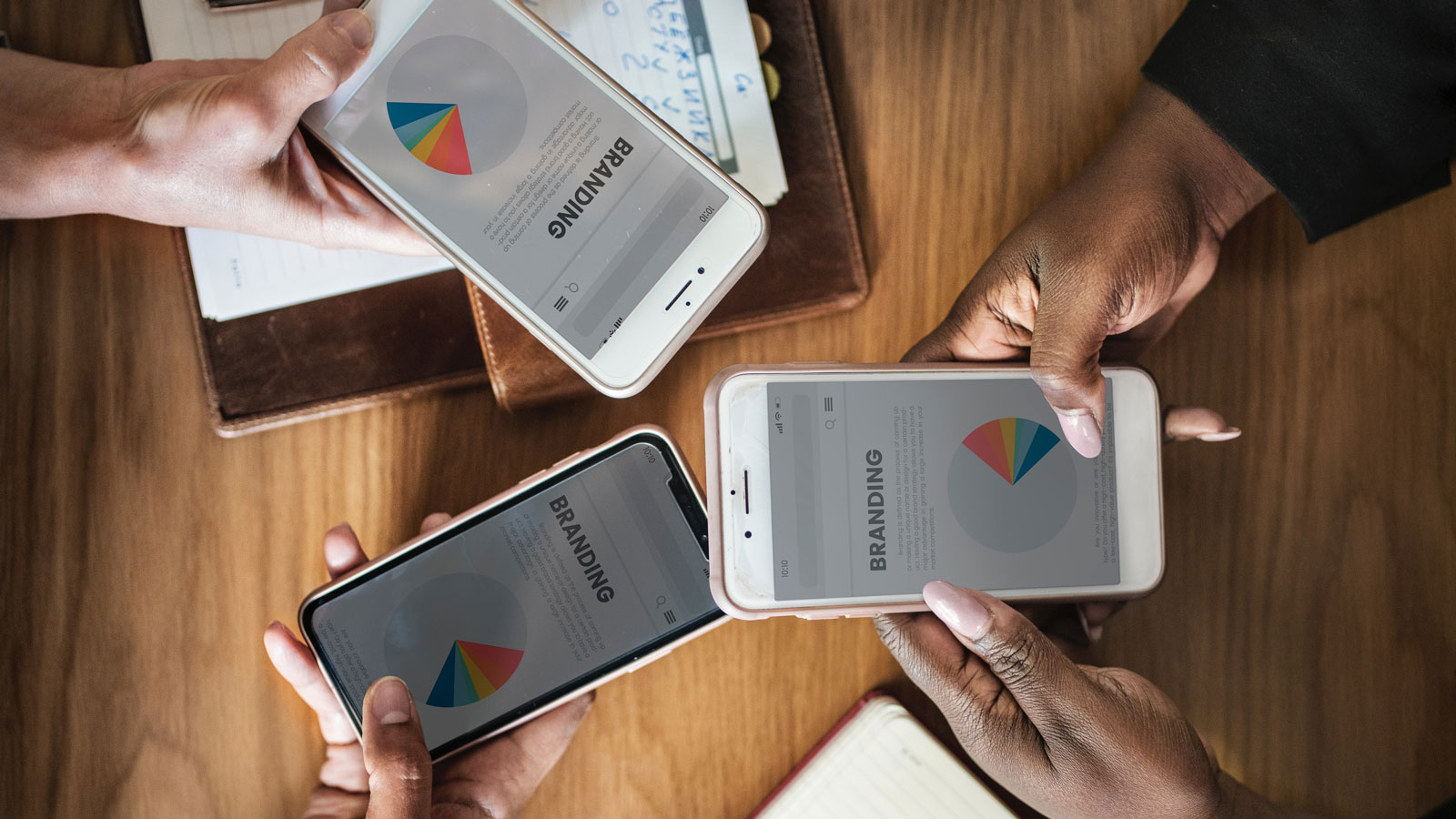Our approach to UX in MagmaLabs
Six months ago I started working on the UX design team at MagmaLabs. Most of my experience at UX was focused on everything related to education at pre-school, primary and secondary levels, therefore my first project in MagmaLabs had nothing to do with what I was used to doing. This meant a new challenge in my career as a UX designer.
That’s when I was assigned to the “Retrospectus” project, and then magic happened.
The first step that had to be done was running some evaluations with of all the methodologies and techniques available in order to carry out the usability studies I was already familiar with.
In the case of Retrospectus, it was a product that already existed and was functional and we had data from previous users and stakeholders, and finally, due to the existing methodologies, UX Discovery was the one chosen.
What is UX Discovery?
Basically, it is a process to discover the user’s best experiences when using a digital product, either in its conception or during the improvement of an existing project. It consists of a series of steps to be followed.
The first step is where we establish contact with the client, who has an opportunity to meet the team. In this initial phase of a project, we help define the scope of the product. In other words, we help the client transfer their ideas into paper, and turn them into tangible objectives, and start shaping the product that is going to be developed.
During this 2-to-3 week process, the UX designer performs several techniques to understand better the client, their business, the product, the problem to be solved, and finally, their users. The objective is to finish this phase by being perfectly aligned with the client, their business and their vision. In addition, documentation is provided on the scope of the project: a list of requirements, equipment size, a backlog of functionalities, user flows, low-level wireframes and prototypes. From the perspective of UX, the discovery process consists of three different phases: analysis, ideas, and planning.
Phase 1. Analysis and Planning
We want to know everything about the business.
During this first step, we get involved in the client’s world. We start a conversation, we also run some exploratory activities and research into understanding them and their needs in a better way. We learn what differentiates their products or services from their competitors’ and we listen to their ideal success story. In addition, we detect weaknesses and other problems that must be addressed through the product. In order to achieve this, we collect and analyze all the information that the client may have available, such as metrics, previous tests, their business perspective, mission and vision, requirements and characteristics, among others.
One of the most important factors is to discover the people who are interested in using the product, which is why some techniques are used to define the users’ profiles.
Techniques involved:
The competitive audit, stakeholder interviews, and KPI configurations, list of requirements, measurement analysis, heuristic evaluation, and flow analysis.
Phase 2. Exploration
we want to find the solution.
In Phase 2, we identify the main users of the product and their specific needs in order to have a better idea on how to create the ideal UX and software. First, we detect key features and all the problems that must be solved. We also find key opportunities to build a successful product, and with the help of these processes, we begin to define the MVP and the scope of the project, while starting to put the project in a tangible state by creating sketches, flows, and sitemaps, among others. With these definitions and the first sketches of the product on paper, we work closely to the client to shape the ideal solution that meets the user’s needs.
Techniques and deliverables involved:
Multidisciplinary brainstorming, Sitemap, chart-flows, the user’s test reports, the user’s tests, documentation of people, writing features, metrics, and analysis.
Phase 3. Product planning and designing
perspectives, ideas, and solutions.
Phase 3 in the discovery process is when things really start to take shape. We visualize the key opportunities previously identified and the investigation begins with a complete ideation session. This is the moment when the whole team meets and the challenge really begins. It is time to solve the customers’ problems, focusing on obtaining the best possible product from each point of view: technical, business, project management, and user’s experience. It is important that all project stakeholders are trained to express their opinions at this point of the discovery process, so the team must be in the best position to create the most impactful product possible for our client. Techniques and deliverables involved: Project planning and schedule, equipment configuration, ideas, user’s stories, low fidelity wireframes, sketches, user’s flows, plans, style guides, and taxonomies.
And then what?
Once the discovery phase is completed and the client is satisfied with the project management; now we can start working on the basics of software development. Estimates, production costs, and implementation, also the first sketches of micro-interactions and calculate the ROI for the client. In the next Blogpost, we will go into more detail about the “Retroscpectus” deliveries that were obtained by using the UX discovery process.











